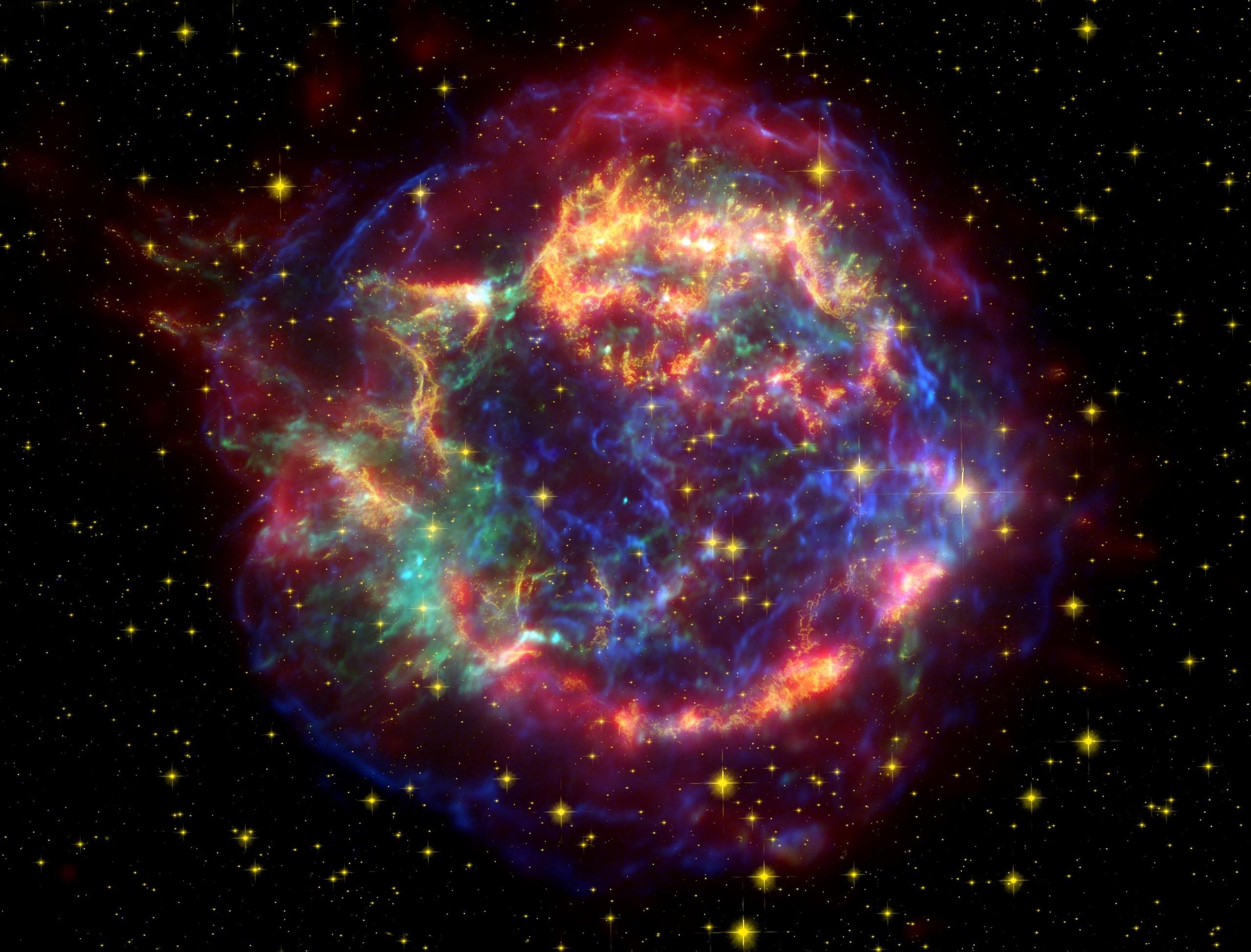A new research offers plausible explanations for mysterious hazy circles of radio emission deep in celestial space called Odd Radio Circles (ORCs) detected recently using some of the most sensitive international radio telescopes.
Astronomers recently identified these ORCs using the Square Kilometer Array (SKA) in Australia and South Africa, the Giant Metrewave Radio Telescope (GMRT) in India, and the Low-Frequency Array (LOFAR) in the Netherlands. Such objects are seen only in radio and not in any other form of radiation. Some of these objects could be 1 million light-years across, about 10 times larger than our Milky Way. The ORCs are considered mysterious, as these objects could not be explained with any previously known astrophysical phenomena.
Dr Amitesh Omar, Scientist at Aryabhatta Research Institute of observational sciences (ARIES), Nainital (an autonomous institute of DST, Govt. of India) in his research has proved that some of these ORCs could be remnants of thermonuclear supernovas triggered by the explosion of a white dwarf star in a binary system heavier than 1.4 times the mass of the Sun.
According to the research published in the letters section of the U.K.’s Royal Astronomical Society Journal, these ORCs reside outside the Milky Way, lurking in the vast intergalactic space between its neighboring galaxies. The intergalactic supernova events, taking place outside galaxies, were already known from earlier optical surveys. Their remnants become bright in radio several thousands of years after the explosion and could be detected anywhere in the intergalactic space with the right sensitivity of the radio observations. As the sensitivity of the modern radio telescope arrays has increased many-fold, astronomers are now able to detect these objects. This explanation fits well for those ORCs which do not have any known optical objects at their centers.
However, some ORCs are most likely associated with distant galaxies as their centers have a known optical galaxy (galaxy that can be studied with the help of optical telescope), and hence these ORCs cannot be considered intergalactic supernovae. In order to explain such ORCs, Dr. Omar invoked a widely known mechanism of disruption of a star by extreme tidal forces exerted by a massive black hole as the star comes in close proximity of the central massive black hole in a galaxy. In this process, the star is destroyed, and about half its mass is thrown away from the black hole at very high speeds. This disruption process releases a huge amount of energy, similar to that produced in a supernova explosion. An occasional merger of two galaxies can cause millions of stars to get tidally disrupted by a black hole in a few million years, a cosmologically short period of time. The sudden release of huge energy creates shocks, which can traverse to around a million light-years in intergalactic space. These shocks energize omnipresent cosmic free electrons to the extent that the synchrotron radio emission is produced in the weakly magnetized intergalactic space. This explanation fits within the framework of the known astrophysical phenomena.
It is expected that with the completion of the SKA, the world’s most powerful radio telescope with international co-operation, includes participation by scientists and engineers working in various institutes under India’s Ministry of Science & Technology, many more of these objects will be detected in the future.


























